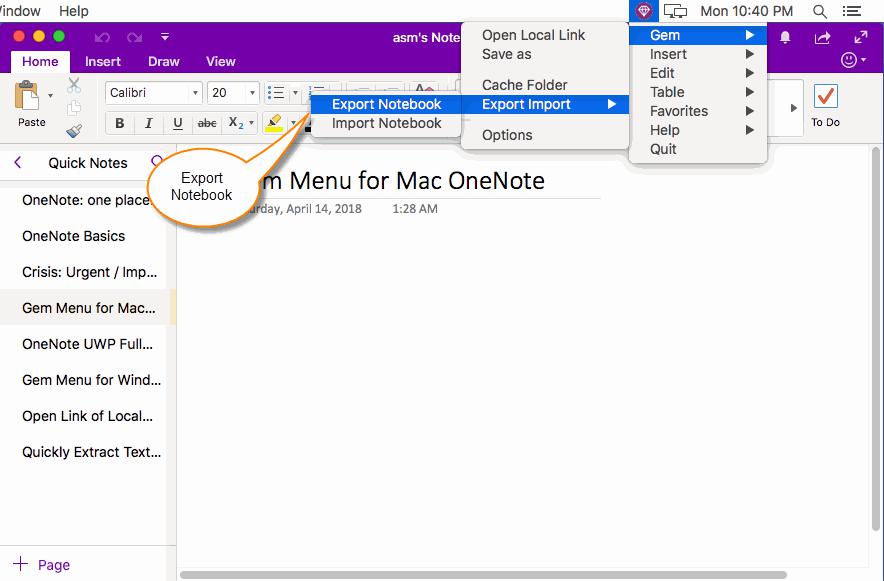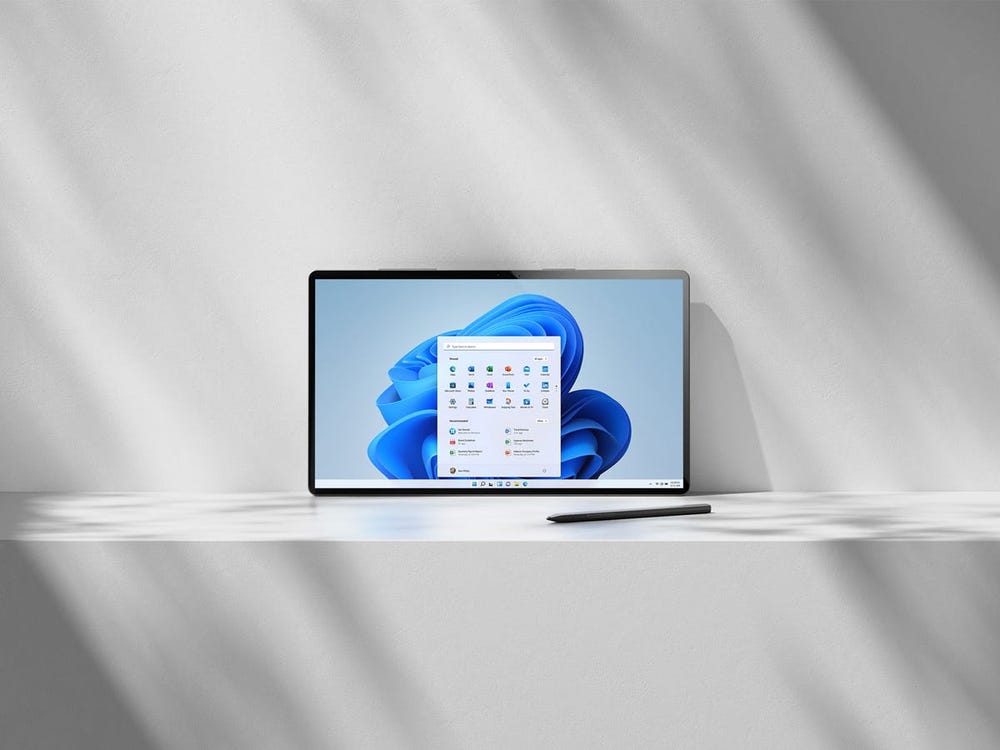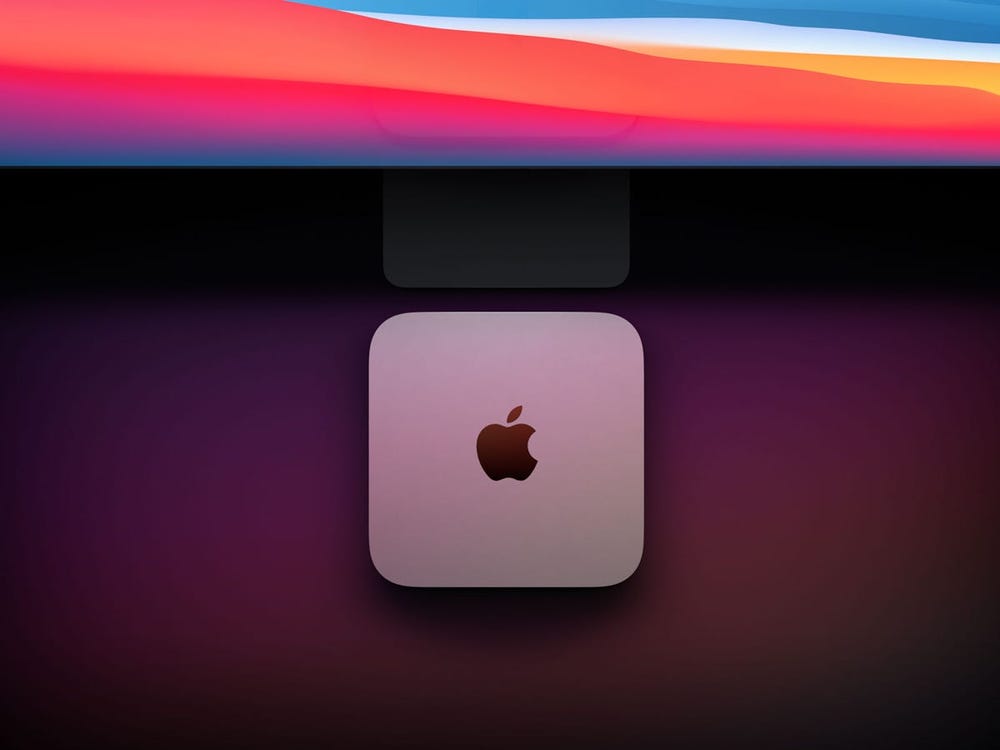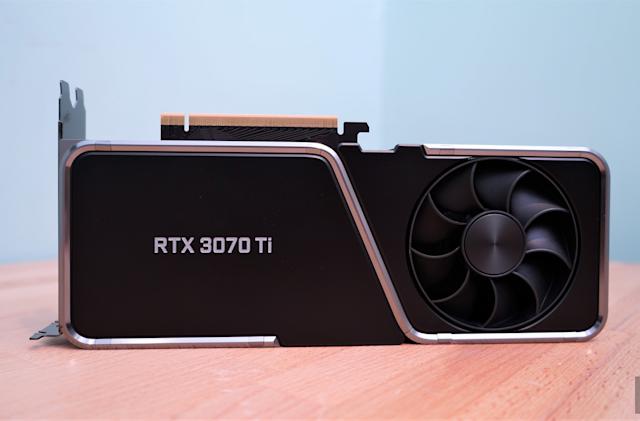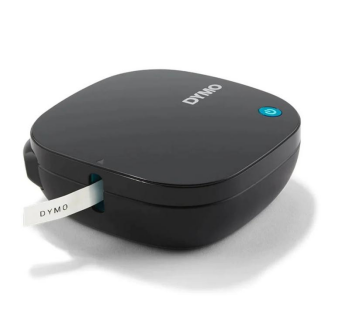I try to use the sketchbook as a bullet journal
Previously I’ve written about how you don’t need a special notebook for bullet journaling. In one example I’ve shown how it is possible to
bullet journal in a lined notebook.
Recently I’ve noticed that university has changed the way I use sketchbooks to document my thought process. So this made me wonder something. Is it possible to use a sketchbook as a bullet journal?
I’ve been bullet journaling for 5 years, at the beginning I only used my
bullet journal to organise my time
. As my bullet journal method has evolved I’ve also changed what I keep in my bullet journal. In the past, I would keep my lecture notes and sketchbook separate.
Over the last year at university I began to combine all three together and what I came to realise was that I enjoy having everything contained in the same notebook. The bullet journal system makes it really easy for me to keep everything organised in one notebook.
Because of this realisation, I started sketching and keeping more notes
related to design projects
within my bullet journal. In the past, I’ve always used dot grid paper in my notebooks. I enjoyed working like this but as I started to sketch more in my notebook the grid paper wasn’t as necessary. So today I am going to share my process of setting up and using a sketchbook as a bullet journal.
USING A SKETCHBOOK AS A BULLET JOURNAL
I use a sketchbook at university as a way to document my creative process. This is something which is required by my course. A large part of my overall grade comes from the sketchbook as it documents my thought process.
TIME PLANNING
As part of my course at college, I had to show how I planned my time in the sketchbook. To do this I had to create a time plan where I showed what needed to be done and when for me to finish the project on time.
I would plan out how much time would be spent doing research, then how long I would develop an idea. There were other aspects I needed to think about like if I was going to order paper. I had to figure out at what point I needed to order paper if I needed it for a project.
For this time planning part, I use a form of bullet journaling where I set out the full length of the project on a page. I could simply use a calendar for this and did so for certain projects. But my projects wouldn’t always run over one month. Some would be much longer and others would be shorter. Using a bullet journal style weekly overview helped because it could be customized to what I needed.
RAPID LOGGING
Using the bullet journal style logging method also helped me at university. Each week I would have a seminar for
my studio module
. For the most part, this seminar was the only time during the week where I could talk to a lecturer about a project. The rapid logging meant I was able to go away from those tutorials and quickly write down any tasks or ideas I could use to further develop my project.
There was another aspect to bullet journaling which I really appreciated at university. I could do it in whatever sketchbook or notebook I was currently using. Using my sketchbook as a bullet journal means I don’t need to carry around an extra notebook. I could if I had to. But if I can avoid carrying something that’s what I’m going to do.
LEIGH ELLEXSON x MINI GALLERY BOX
The sketchbook I used as a bullet journal was one I got in the Mini Gallery
subscription box
. I’ve been watching
Leigh Ellexson’s videos
on YouTube for a few years. I love her art style and she makes really interesting studio vlogs. Leigh has a shop where she sells prints of her artwork and I’ve never bought any because shipping from the US is expensive.
A few months ago Leigh mentioned that her work was being featured in a subscription box called
Mini Gallery Box
. This is a subscription box which is released every two months and features independent artists. I loved this idea because it meant I was able to get artwork from an artist I love and it came with some products which were exclusive to the subscription box.
The box came with a surprising number of items for the £30 price tag. I got a zine about Leigh Ellexson’s work, stickers, art prints, an enamel pin and what I thought was a notebook. I later learned that it was, in fact, a sketchbook not a notebook. The paper quality makes it very obvious this is a sketchbook, it’s much rougher than what I would usually use.
I had a sketchbook to use and I was coming to the end of a notebook. One which over the last few months I’ve been using more and more like a sketchbook. So I decided this was the perfect time to try using a sketchbook as a bullet journal.
BULLET JOURNALLING IN A PLAIN SKETCHBOOK
USING A GRID TEMPLATE
Usually, when I’m working in a notebook I prefer to have some form of lined paper. I’m not too fussy if this is grid, dot grid or regular ruled paper. I find it
easier to keep my notebook neat
when I have some form of grid to use as a template.
This causes a problem when I want to use a notebook as a sketchbook. I find the lines get in the way when I’m sketching. I prefer it when I can draw on blank paper. To get around this problem I make a ruled page as a template on a separate sheet of paper.
By using notebooks with thin paper I can place this template behind a sheet and use it as a guide to keep my notes neat. I know to some this might seem unnecessary, but it’s the way I prefer working.
Having a template to use as a guideline also helps massively when it comes to
hand lettering in my sketchbook
. It’s an easy way to make sure the type all stays on the same line and is evenly spaced out.
HOW I USE A SKETCHBOOK
The way I use a sketchbook is very similar to how I bullet journal. This has made the whole process of combining the two very easy. I set up a collection for each project I’m working on within my sketchbook.
This means I can then note in the index the page numbers where those projects exist. I find this extremely useful especially after I’ve stopped using a specific notebook/ sketchbook. The index means I can find ideas related to a project quickly.
I work in my sketchbook by looking at what I’ve done previously. Noting what I like and don’t like about a particular piece. Then using this to create a list of things I want to do next. That list could look something like try this idea next. Or do this idea but in a different way. As I work through this list I create more work which then goes through the same process.

As I’ve mentioned before these task lists can change based on feedback from my lecturers. But by using the bullet journal system it’s also easy to keep track of this. I can highlight feedback notes which are particularly important and may create new ideas to be developed.
DID I ENJOY BULLET JOURNALLING IN A SKETCHBOOK?
I wouldn’t say that I like to use this special sketchbook as a bullet journal. It has nothing to do with the sketchbook, the problem is with me. I'm not entirely sure that I like to keep a bullet journal on white paper. When I wrote the bullet journal in my college sketchbook, I was completely fine. But when I was writing this sketchbook, I felt something was wrong.
Part of the problem is that my university sketchbooks contain far more project development and just a little bullet journaling. This sketchbook was more a regular bullet journal with a few sketches.
My problem was more down to the aesthetics of bullet journaling. I think my written notes look better against some sort of lined or grid paper. They feel more set on the page, whereas the notes in the plain sketchbook appear as if they are floating in space.
What to do about this? I’m not entirely sure. For the longest time, I’ve complained about notebooks which are lined on one side and blank on the other. It could possibly solve my problem of needing a specific type of paper for a specific type of work.
But it didn’t help that I wasn’t happy working in this sketchbook. It’s not that I don’t like using a sketchbook as a bullet journal. I just didn’t like using this specific sketchbook as a bullet journal.
There are many many other types of sketchbooks available and I know from previous projects that I would probably be totally happy using them as bullet journals instead.
CHOOSING A SKETCHBOOK FOR BULLET JOURNALING
One of the things I love about using a sketchbook as a bullet journal is how much more freedom you have when choosing which sketchbook to use. Bullet journalling in a
regular A5 notebook
is great. But there are many options out there.
When it comes to sketchbooks my favourite is the
Seawhite Eco Recycled sketchbook
. This comes in many sizes but I prefer the A4 in either the landscape or portrait orientation. This is the only sketchbook I’ve used for coursework in the last 2 years which means I now own at least 6 of them.
The paper is really thick which means it works well with wet media like watercolour and ink. The wire binding is really useful because it means when I’m done with a project I can remove any remaining paper. I’ve been practising calligraphy a lot over the last few months and this paper works great with dip pens and ink.
But there are many other types of sketchbooks which could be used as a bullet journal. For example, I used the
Large Moleskine Cahier Journal
recently as a sketchbook for a university project. I love the size of this journal because I wanted something slightly smaller than A4 but still with lots of space on a page.
The paper in this journal was very thin, but it was easy to use the template to keep my notes organised. I had to do a huge amount of written research for this particular project so using the bullet journal system to keep my notes organised really helped.
WATERCOLOUR SKETCHBOOKS
The thing I love most about using sketchbooks as bullet journals is when it comes to watercolour. The art medium I use most is watercolour, but it’s very tricky to get a sketchbook with a decent number of pages that can handle watercolour.
It is possible to use small amounts of wet media in the
Leuchtturm1917
notebooks. But it’s better to buy something with paper more suited. For this, I use the
Handbook Journal Co sketchbook
in A6 or A5. I love these sketchbooks, they have a mixed media type paper which holds up well to wet media.
Obviously, you can’t drown a page in watercolour, but the paper still holds up well compared to other sketchbooks. The paper is also thin enough that it’s possible to use that template to get straight lines if it’s needed.
This really is the best
sketchbook for the way I work
. It allows me the flexibility to use whatever medium I want but also includes aspects of the bullet journal system. I find it much preferable keeping everything together rather than having a separate sketchbook and bullet journal.
Some parts of my diary may be heavier, and other parts may have more pictures. It really only depends on which stage of the project I am in. But the advantage of the manual magazine is that it allows me to do both at the same time.
FINALLY
This isn’t the conclusion I expected to write when starting this blog post. I thought the idea of using a sketchbook as a bullet journal would be really interesting. My previous
bullet journals were almost like art journals
. I liked the fact that everything was contained in one notebook. Having all my ideas in one place made it easier to stay organised.
But when it came time to try using this specific sketchbook as a bullet journal I wasn’t totally happy. It has nothing to do with the sketchbook. It was a perfectly fine sketchbook. The problem was entirely down to me and how I prefer to work in a notebook. The blank paper worked really well when it came to sketching. But I missed something by not having grid paper on the page.
Share this:
Tumblr
Like this:
Like
Loading...
Related
